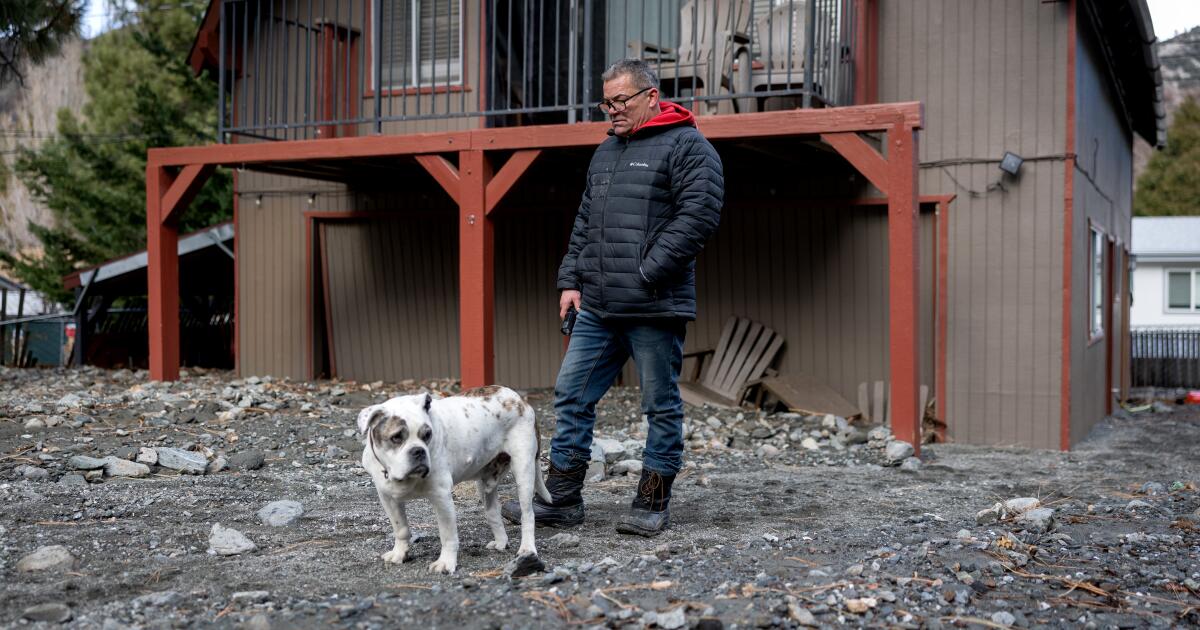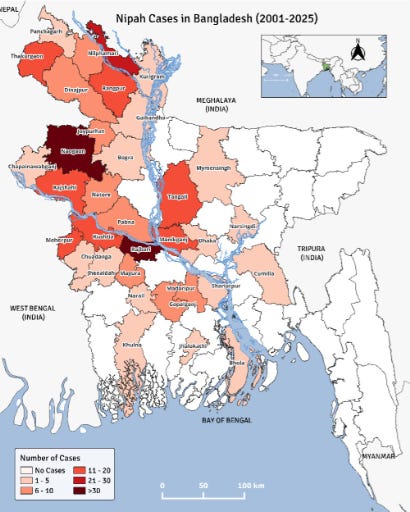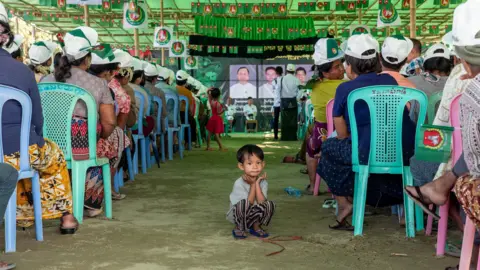The Gamboa family isn’t quite sure how they’re going to get back into their home in Wrightwood.
When a powerful atmospheric river began drenching Southern California this week, they were forced to leave as the hills around them dissolved into…

The Gamboa family isn’t quite sure how they’re going to get back into their home in Wrightwood.
When a powerful atmospheric river began drenching Southern California this week, they were forced to leave as the hills around them dissolved into…

There exist thousands of books that focus on longevity and healthy ageing, including bestsellers like Lifespan: Why We Age – and Why We Don’t Have To by David Sinclair, Outlive: The Science and Art of Longevity by Peter Attia, and Ageless:…

Bangladesh
According to the Institute of Epidemiology Disease Control and Research (IEDCR) in Dhaka, four confirmed Nipah virus cases were reported in Bangladesh in 2025, accounting for 4 fatalities.
The four confirmed cases were reported from four…

Maxey was challenged with coaching two dogs through an agility obstacle course. The first dog he guided was Howie, who momentarily lost focus after Maxey dangled a toy.
The 2024 NBA Most Improved Player regrouped and with his second attempt his…

Alex Biegler is a big believer in the incredible companies…
Rio Grande Sports Information
RIO GRANDE, Ohio – Former Marshall University standout and 13-year National Football League veteran Mike Bartrum has been named…

Jonathan HeadSouth East Asia correspondent, Mandalay, Myanmar
 Jonathan Head/ BBC
Jonathan Head/ BBCOn a patch of rough ground near the Irrawaddy…

Vacheron Constantin has launched new high-jewellery versions of the Overseas self-winding 35 mm model, available in 18K white gold and 18K 5N pink gold. These watches feature the Manufacture movement, calibre 1088/1, and were designed to be…